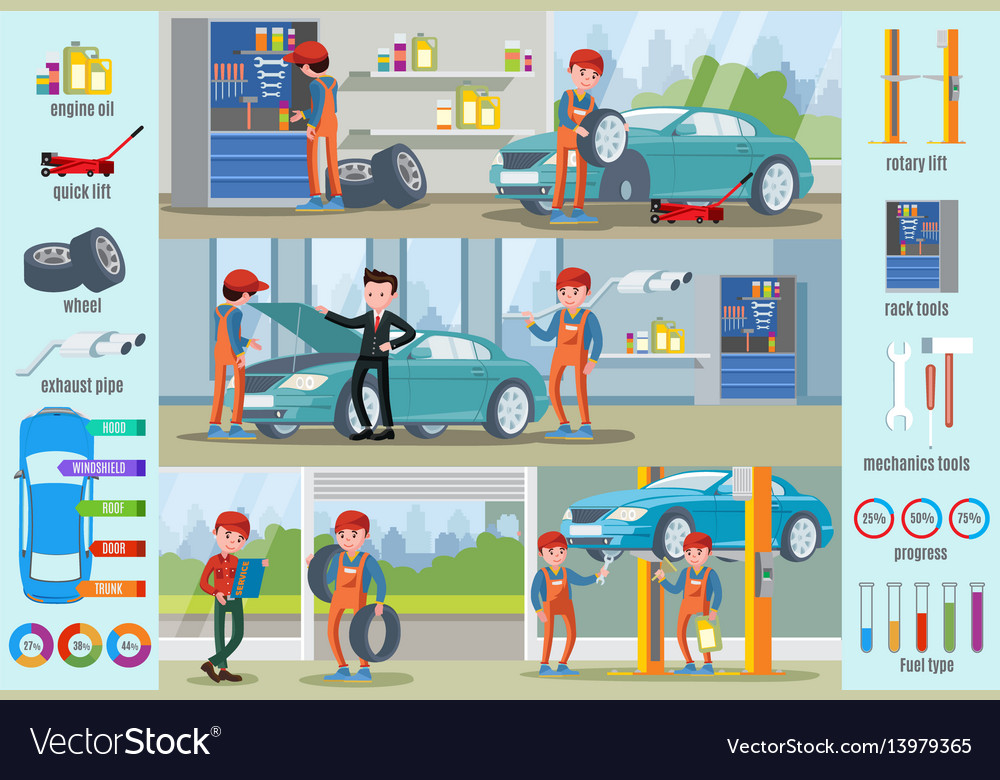Wondering About The Definition Behind Those Control Panel Warning Lights? Gain Understandings Into Their Ramifications For Your Lorry'S Safety And Security And Upkeep
Wondering About The Definition Behind Those Control Panel Warning Lights? Gain Understandings Into Their Ramifications For Your Lorry'S Safety And Security And Upkeep
Blog Article
Authored By-Termansen Corbett
When you lag the wheel, those radiant warning lights on your control panel can be a bit complicated. Do you know what they're trying to tell you concerning your car's health? Recognizing the value of these lights is important for your safety and the durability of your car. So, the next time among those lights pops up, wouldn't you intend to understand its message accurately and take the required steps to address it?
Common Caution Lights and Interpretations
Identify typical caution lights in your automobile and recognize their significances to ensure safe driving.
The most common warning lights include the check engine light, which indicates concerns with the engine or exhausts system. If https://caidenojezt.dailyhitblog.com/35706000/eager-to-uncover-the-best-car-repair-shop-nearby-check-out-the-leading-10-tips-that-will-certainly-help-you-arrive-at-a-notified-choice comes on, it's important to have your automobile checked without delay.
The oil stress advising light indicates low oil pressure, calling for instant interest to avoid engine damage.
A flashing battery light may suggest a malfunctioning charging system, possibly leaving you stranded if not resolved.
The tire stress monitoring system (TPMS) light alerts you to low tire pressure, influencing vehicle security and gas performance. Overlooking this could result in risky driving problems.
The ABS light suggests a problem with the anti-lock stopping system, jeopardizing your capability to stop rapidly in emergency situations.
Last but not least, the coolant temperature advising light warns of engine getting too hot, which can result in serious damages otherwise settled quickly.
Comprehending these usual warning lights will aid you attend to issues without delay and keep safe driving conditions.
Relevance of Prompt Focus
Understanding the common caution lights in your cars and truck is only the initial step; the significance of quickly addressing these cautions can not be stressed enough to ensure your safety and security when traveling.
When a caution light illuminates on your control panel, it's your vehicle's means of communicating a potential problem that requires attention. Disregarding these cautions can cause more extreme problems in the future, compromising your security and possibly costing you a lot more out of commission.
Prompt attention to alerting lights can stop break downs and accidents. As an example, a blinking check engine light might indicate a misfire that, if left ignored, might trigger damage to the catalytic converter. Addressing this without delay can save you from a pricey repair service.
In a similar way, a brake system alerting light might indicate low brake liquid or worn brake pads, crucial components for your security when driving.
DIY Troubleshooting Tips
If you notice a caution light on your dashboard, there are a few do it yourself troubleshooting suggestions you can attempt prior to looking for specialist help.
The primary step is to consult your car's guidebook to comprehend what the details caution light indicates. Occasionally the issue can be as easy as a loosened gas cap activating the check engine light. Tightening the gas cap may deal with the issue.
One more usual problem is a reduced battery, which can trigger different warning lights. Inspecting the battery connections for rust and ensuring they're secure could deal with the trouble.
If a warning light lingers, you can attempt resetting it by separating the cars and truck's battery for a couple of minutes and then reconnecting it. In addition, checking your vehicle's liquid degrees, such as oil, coolant, and brake fluid, can aid repair warning lights related to these systems.
automotive and marine
In conclusion, understanding your automobile's caution lights is vital for keeping your vehicle running smoothly and safely. By promptly addressing car detauling and understanding what they imply, you can prevent pricey repair services and potential malfunctions.
Remember to consult your vehicle's handbook for particular details on each alerting light and take action appropriately to make certain a hassle-free driving experience.
Stay informed, stay safe when driving!
